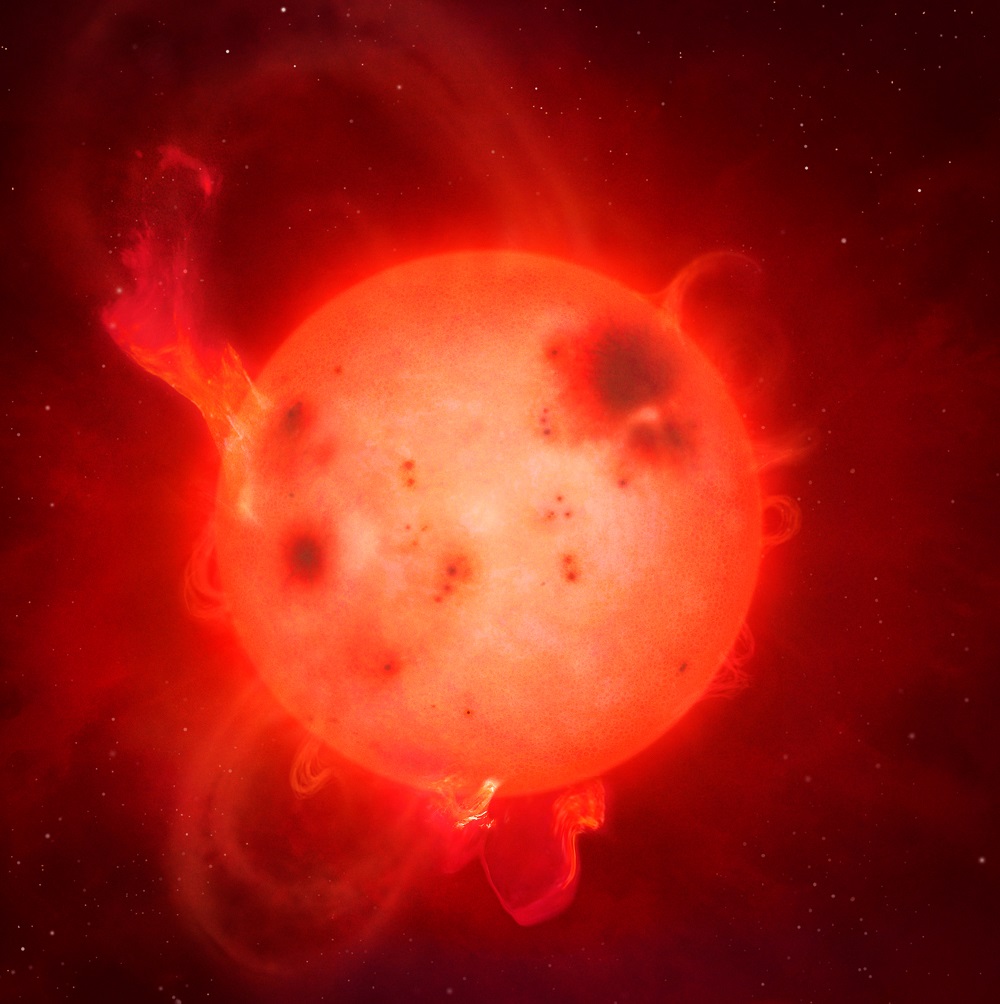Should we thank our well-behaved Sun for our comfy home on Earth?
Some stars behave poorly. They’re unruly and emit powerful stellar flares that can devastate life on any planets within range of those flares. New research into stellar flares on other stars makes our Sun seem downright quiescent.
Continue reading “It Turns out, We Have a Very Well-Behaved Star”

